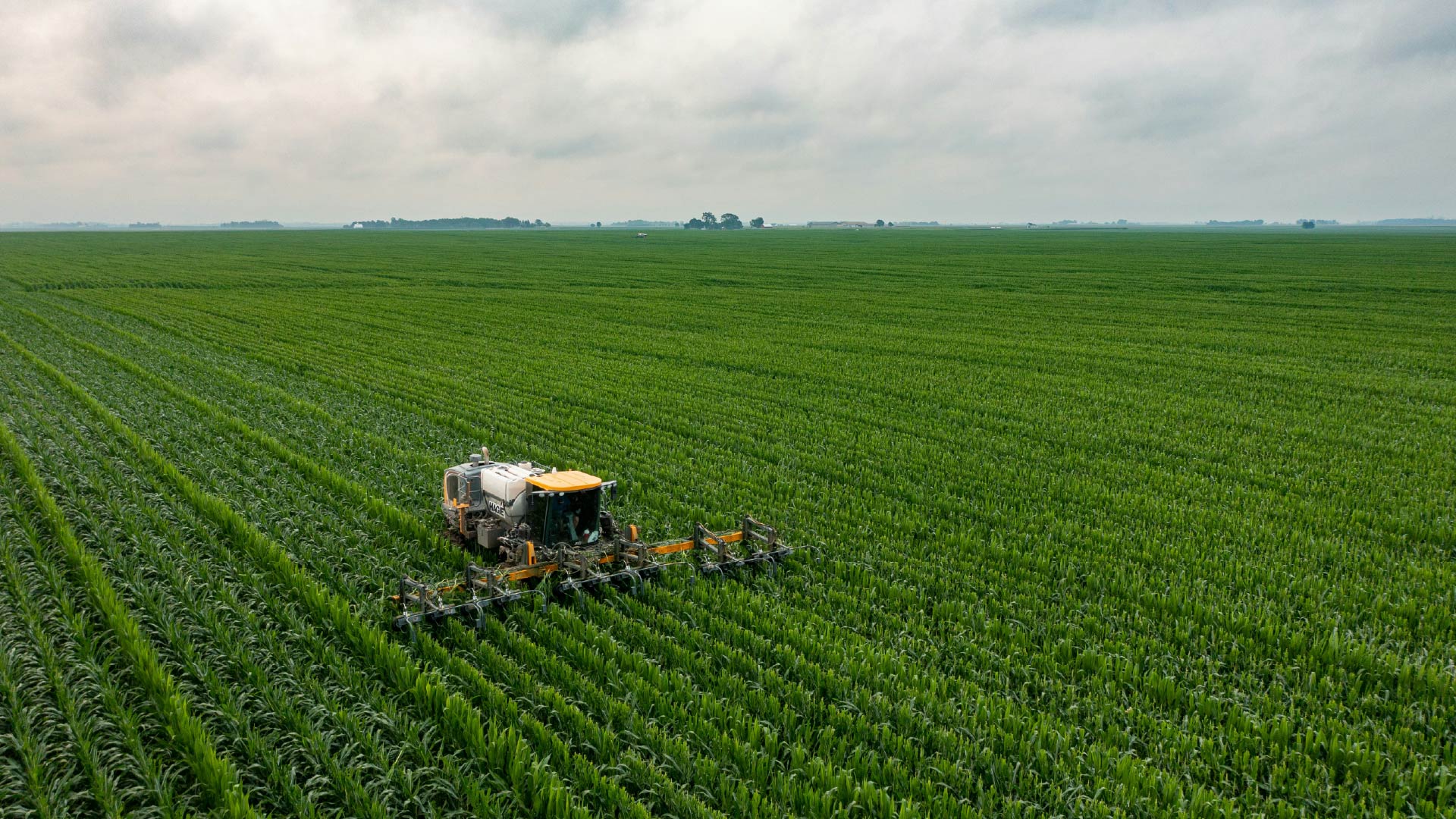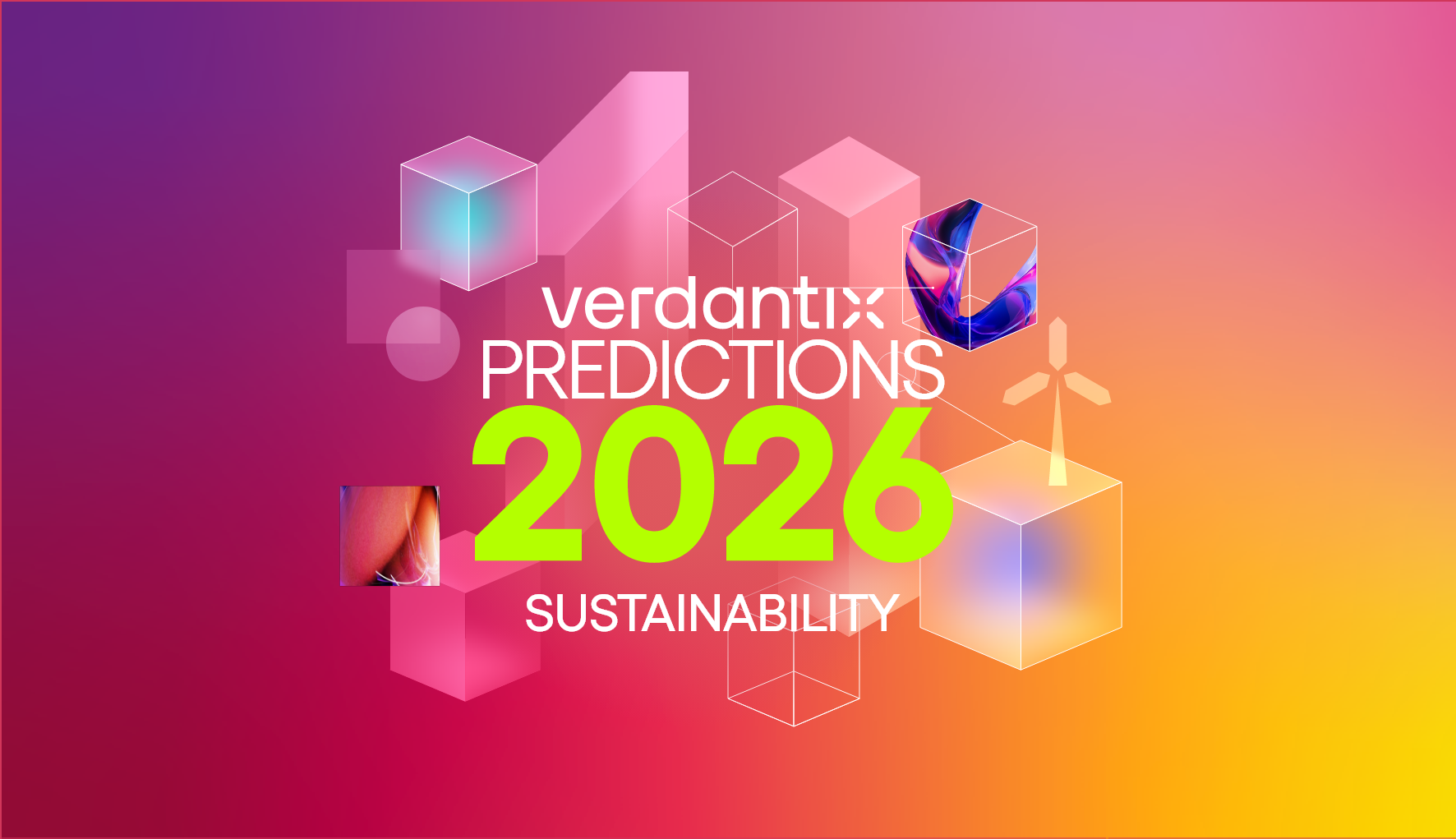TNFD Draft Is Vital Step Towards Protecting Trillions In Nature Dependent Economic Value Generation

Alice Saunders
24 Mar, 2022
The first draft of the TNFD’s disclosure framework was released for feedback on March 15th, marking the beginning of a collaborative editing process which is leading up to the publication of the finalized framework by the end of 2023. The development of the TNFD’s framework is part of a growing move to acknowledge the impact of business upon nature and vice versa. Managing nature-related risks and opportunities is essential to address the biodiversity crisis and safeguard assets, as $44 trillion of economic value generation is moderately or highly dependent on nature according to the World Economic Forum (WEF). As well as protecting business at risk, the TNFD hopes to foster a nature positive investment market. The WEF predicts that $10 trillion in additional annual business revenue and cost savings could be generated through transitioning to a nature-positive economy, with potential opportunities abound as countries around the world transition to sustainable economies.
The TNFD, formally launched in June 2021 to build upon the work of the TCFD, is a global initiative with a taskforce of 34 members. The taskforce aims to develop a framework for firms to report and act on nature-related risks, to support a shift in financial flows towards nature positive outcomes. Moving to take advantage of nature-related opportunities will be particularly key for firms looking to use nature-based solutions in their net zero pathways.
The TNFD’s draft framework establishes key terms for understanding nature, environmental assets and how firms depend upon and impact nature. The beta framework also includes guidance to support nature-related risk and opportunity assessments and closely follows the four pillars of the TCFD recommendations to encourage integrated disclosures. (For more detail on the four core pillars (governance, strategy, risk management and metrics and targets) and the work of the TCFD, check out our report and webinar on the topic: Strategic Focus: Mastering TCFD Disclosures and Mastering TCFD Disclosures: An Overview Of Current Strategies, Technologies, And Services). The TNFD’s draft recommendations also acknowledge nuance and ensure accuracy by framing the assessment of nature-related dependencies and impacts with a consideration of location and management and assessment capabilities.
Nature-based risks and opportunities, that have long been in the shadow of climate risk, are coming to the forefront through their increasing inclusion in EU regulations. For example, the EU’s Sustainable Finance Disclosure Regulation incorporates biodiversity disclosure obligations. Additionally, following the inclusion of ecosystems and biodiversity as an environmental sub-topic in the EU Taxonomy, Verdantix predicts that these topics will also be incorporated into the Corporate Sustainability Reporting Directive. Considering the $44 trillion of nature dependent economic value generation which could be at risk and the likelihood that the TNFD’s recommendations will follow the TCFD into regulation, firms need to get ahead. Firms can start preparing by investing in software providers that can facilitate nature-related risk and opportunity assessments. Consider solutions with experience in environmental and biodiversity management, such as Emex, Isometrix, Sphera, and UL. However, we will have to wait to see how solutions evolve in light of the TNFD.
The TNFD, formally launched in June 2021 to build upon the work of the TCFD, is a global initiative with a taskforce of 34 members. The taskforce aims to develop a framework for firms to report and act on nature-related risks, to support a shift in financial flows towards nature positive outcomes. Moving to take advantage of nature-related opportunities will be particularly key for firms looking to use nature-based solutions in their net zero pathways.
The TNFD’s draft framework establishes key terms for understanding nature, environmental assets and how firms depend upon and impact nature. The beta framework also includes guidance to support nature-related risk and opportunity assessments and closely follows the four pillars of the TCFD recommendations to encourage integrated disclosures. (For more detail on the four core pillars (governance, strategy, risk management and metrics and targets) and the work of the TCFD, check out our report and webinar on the topic: Strategic Focus: Mastering TCFD Disclosures and Mastering TCFD Disclosures: An Overview Of Current Strategies, Technologies, And Services). The TNFD’s draft recommendations also acknowledge nuance and ensure accuracy by framing the assessment of nature-related dependencies and impacts with a consideration of location and management and assessment capabilities.
Nature-based risks and opportunities, that have long been in the shadow of climate risk, are coming to the forefront through their increasing inclusion in EU regulations. For example, the EU’s Sustainable Finance Disclosure Regulation incorporates biodiversity disclosure obligations. Additionally, following the inclusion of ecosystems and biodiversity as an environmental sub-topic in the EU Taxonomy, Verdantix predicts that these topics will also be incorporated into the Corporate Sustainability Reporting Directive. Considering the $44 trillion of nature dependent economic value generation which could be at risk and the likelihood that the TNFD’s recommendations will follow the TCFD into regulation, firms need to get ahead. Firms can start preparing by investing in software providers that can facilitate nature-related risk and opportunity assessments. Consider solutions with experience in environmental and biodiversity management, such as Emex, Isometrix, Sphera, and UL. However, we will have to wait to see how solutions evolve in light of the TNFD.
Discover more Corporate Sustainability Leaders content
See More
About The Author

Alice Saunders
Industry Analyst





